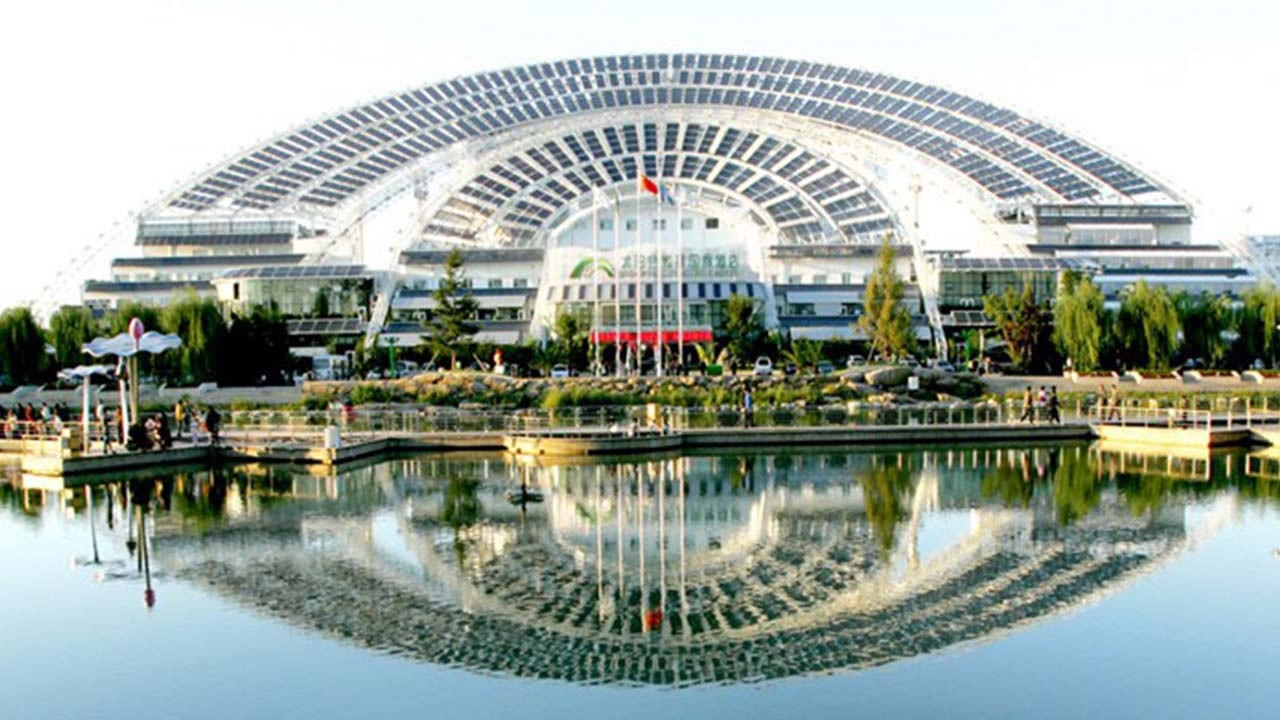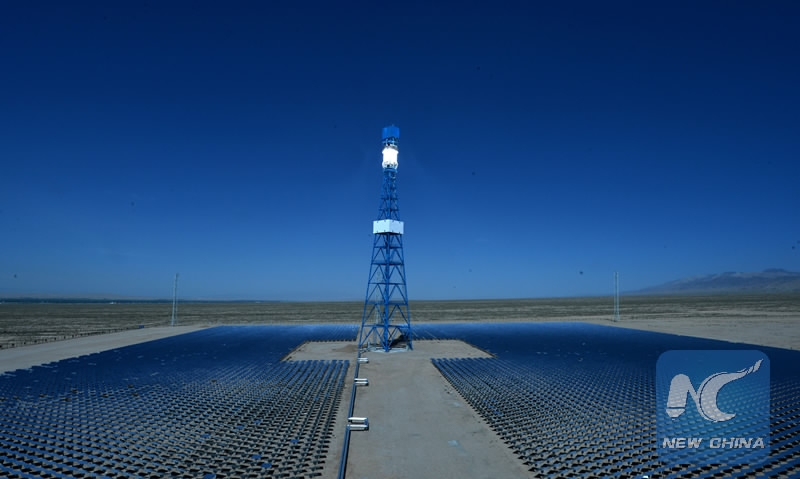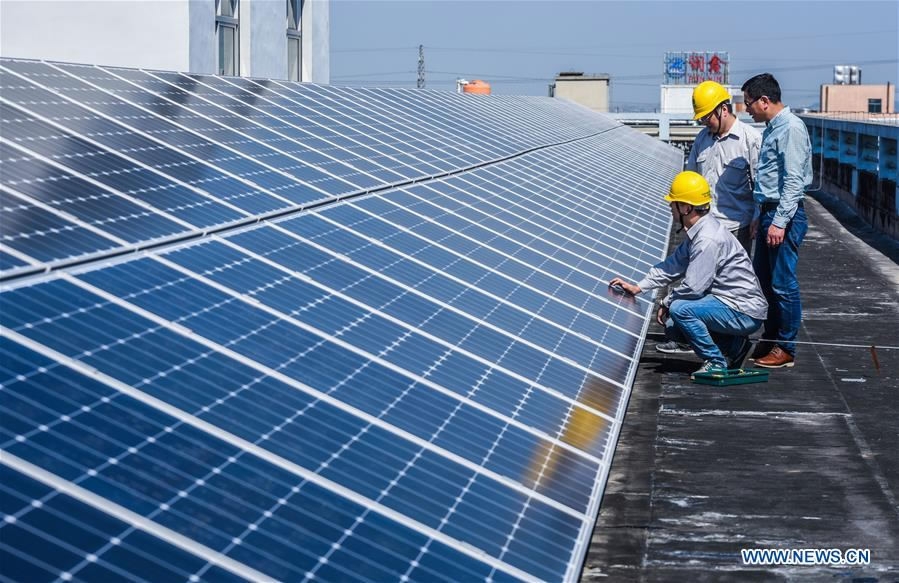
China
17:28, 25-Sep-2017
The Big Picture: Are China's renewable solutions enough?
By Tang Wei Lynn, Han Bin

With challenges and problems come opportunities and solutions. And China has been at the forefront of tackling one big concern – rising greenhouse emissions brought about by climate change.
Cognizant of the fact that it is one of the world's biggest polluters, China has taken steps and now stands among the world's leading countries in clean energy investment.
How far have the country's efforts come to this end? Are they enough? And what more could be done?
CGTN correspondent Han Bin spoke to Huang Ming, the founder of Himin Solar Co. Ltd, who has been passionate about sharing his vision of using solar power to change future cities.

A solar thermal power plant in northwest China's Qinghai Province. /Xinhua Photo
A solar thermal power plant in northwest China's Qinghai Province. /Xinhua Photo
More must be done
Huang is quick to point out that China is much more advanced than Western countries in the solar thermal industry.
However, he expressed belief that his company's efforts alone are not enough, noting that the country has to seek out more practical solutions beyond the zero carbon footprint buildings he has built in Dezhou in east China's Shandong Province, dubbed the "Solar Valley."
Himin Solar has over 22 years of experience in solar heating systems and solar power.
"I think the only way out is commercialization. The real bottleneck is the government's policies. They want to promote solar or renewable energy, but they take it in the wrong way," he said.
"My dream is that all the people will automatically buy solar, go green" without being motivated by the government's policies, he added.

Technicians check solar energy equipment on a roof in Cixi, east China's Zhejiang Province, May 10, 2017. /Xinhua Photo
Technicians check solar energy equipment on a roof in Cixi, east China's Zhejiang Province, May 10, 2017. /Xinhua Photo
Huge potential for solar industry
To put things into perspective, Huang said the efficiency of solar thermal technology is three times higher than that of photovoltaics (PV) panel. The cost, however, is only one third of PV.
He cited a model he has tested in the Solar Valley, where a countryside house uses solar collectors to supply thermal energy derived from sunshine. This way, the likelihood of the house running out of energy will be lessened.
Huang believes that China's solar industry has the potential to be as successful as its IT or mobile phone industries – if the push for solar energy usage is increased.


SITEMAP
Copyright © 2018 CGTN. Beijing ICP prepared NO.16065310-3
Copyright © 2018 CGTN. Beijing ICP prepared NO.16065310-3